-
 Bitcoin
Bitcoin $117800
0.05% -
 Ethereum
Ethereum $3542
-1.68% -
 XRP
XRP $3.435
-0.41% -
 Tether USDt
Tether USDt $1.000
-0.02% -
 BNB
BNB $729.1
-1.96% -
 Solana
Solana $176.7
-1.18% -
 USDC
USDC $0.9998
-0.04% -
 Dogecoin
Dogecoin $0.2404
0.34% -
 TRON
TRON $0.3191
-2.37% -
 Cardano
Cardano $0.8211
-1.29% -
 Hyperliquid
Hyperliquid $44.61
-0.16% -
 Stellar
Stellar $0.4655
-1.52% -
 Sui
Sui $3.773
-3.29% -
 Chainlink
Chainlink $18.02
-0.44% -
 Hedera
Hedera $0.2677
-0.17% -
 Bitcoin Cash
Bitcoin Cash $504.0
-2.79% -
 Avalanche
Avalanche $23.73
-1.25% -
 Shiba Inu
Shiba Inu $0.00001462
-2.09% -
 UNUS SED LEO
UNUS SED LEO $8.992
0.24% -
 Toncoin
Toncoin $3.161
-3.97% -
 Litecoin
Litecoin $101.4
-3.30% -
 Polkadot
Polkadot $4.231
-2.38% -
 Uniswap
Uniswap $9.994
-3.01% -
 Monero
Monero $326.8
0.04% -
 Ethena USDe
Ethena USDe $1.001
-0.04% -
 Bitget Token
Bitget Token $4.871
-1.71% -
 Pepe
Pepe $0.00001299
-3.36% -
 Dai
Dai $0.9999
0.00% -
 Aave
Aave $314.3
-2.82% -
 Cronos
Cronos $0.1209
-0.31%
What is FUD in the NFT space?
FUD in the NFT space spreads fear, uncertainty, and doubt, often through misinformation aimed at manipulating markets or undermining projects.
Jul 19, 2025 at 03:15 pm
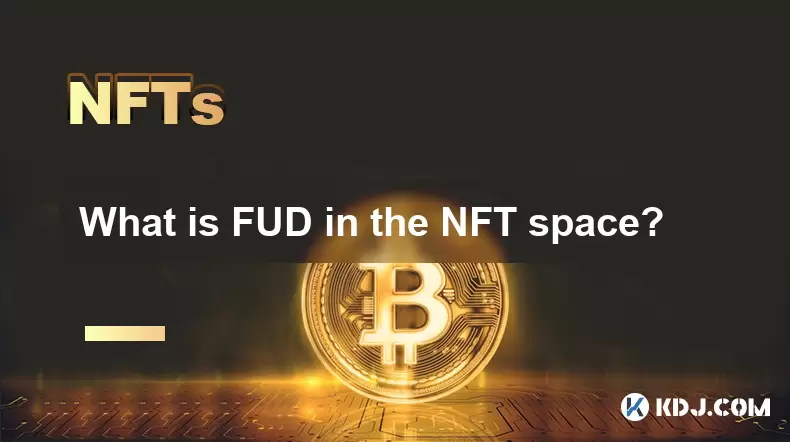
Understanding FUD in the NFT Space
FUD stands for Fear, Uncertainty, and Doubt, and it is a common term used in the cryptocurrency and NFT (Non-Fungible Token) communities. FUD is often spread intentionally to manipulate markets or discourage participation in specific projects. In the NFT space, FUD can be seen in various forms, including misleading news, false claims about a project’s legitimacy, or exaggerated reports of market downturns.
It is important to distinguish between legitimate concerns and baseless FUD. While some projects may have real issues, others are targeted by individuals or groups who benefit from spreading misinformation. Understanding this distinction helps investors and creators make informed decisions.
How FUD Manifests in the NFT Market
FUD in the NFT space typically appears through social media platforms, forums, and even mainstream news outlets. Influencers, anonymous accounts, or competitors may spread false or exaggerated information to create panic or skepticism. For example, a project might be accused of being a scam without any credible evidence, leading to a drop in its floor price.
Another common tactic is highlighting regulatory uncertainty. Since NFTs are a relatively new asset class, evolving legal frameworks can be used as a tool to sow doubt. Statements like "NFTs will be banned" or "All NFTs are securities" are often made without context, causing unnecessary alarm among users.
Identifying FUD in NFT Communities
Recognizing FUD requires critical thinking and verification. When encountering alarming claims about an NFT project, it's crucial to cross-reference information with reliable sources. Look for official announcements, audit reports, and statements from verified team members.
Red flags of FUD include anonymous sources, lack of evidence, and emotionally charged language. Misinformation often uses hyperbolic terms like "collapse" or "scam" without providing data. In contrast, legitimate concerns usually come with detailed analysis, references to on-chain data, or credible third-party assessments.
The Impact of FUD on NFT Projects
FUD can have a significant impact on the value and perception of NFT projects. A sudden wave of negative rumors can lead to panic selling, which drives down prices and harms genuine holders. Projects with strong fundamentals may still suffer due to short-term market reactions.
Community morale can also be affected. If a project's holders begin doubting the roadmap or leadership, it can lead to reduced engagement and loss of talent. This is why transparent communication is essential for NFT teams—they must actively address concerns and provide updates to counteract misinformation.
Strategies to Combat FUD in the NFT Ecosystem
One of the most effective ways to combat FUD is education. When community members understand how NFTs work, they are less likely to fall for false narratives. Projects should provide clear documentation, host Q&A sessions, and engage with their audience regularly.
Fact-checking is another vital strategy. Before sharing or reacting to a claim, users should verify the source and look for supporting data. Utilizing on-chain analytics tools, official whitepapers, and verified social media channels can help separate fact from fiction.
Frequently Asked Questions (FAQ)
What are some common examples of FUD in the NFT space?
Common examples include claims that "NFTs are dead," "All NFT projects are rug pulls," or "NFTs will be outlawed soon." These statements are often made without evidence and aim to create fear or confusion.
How can I verify if a negative claim about an NFT project is true?
Check the project’s official website, verified social media accounts, and on-chain data. Look for audit reports, team transparency, and community discussions on trusted platforms like Discord or Mirror.
Why do people spread FUD in the NFT space?
Some individuals spread FUD to manipulate prices for personal gain, such as shorting a token or promoting a competing project. Others may do it out of misunderstanding or to discredit the NFT space in general.
Can FUD ever be unintentional?
Yes, FUD can be unintentional when someone shares misleading information without realizing it. This is why critical thinking and fact-checking are essential in any digital space, especially in fast-moving areas like NFTs.
Disclaimer:info@kdj.com
The information provided is not trading advice. kdj.com does not assume any responsibility for any investments made based on the information provided in this article. Cryptocurrencies are highly volatile and it is highly recommended that you invest with caution after thorough research!
If you believe that the content used on this website infringes your copyright, please contact us immediately (info@kdj.com) and we will delete it promptly.
- American Eagle Palladium Coin Set for September 4 Release: What to Expect
- 2025-07-20 00:35:12
- FloppyPepe: Could This Meme Coin Be Your Ticket to Crypto Millionaire Status with a 15,800% ROI?
- 2025-07-20 00:50:12
- Ethereum's 2025 ATH: Could These 20x Tokens Be Your Golden Ticket?
- 2025-07-20 00:35:12
- Solana, Altcoin Bets, and the Next Big Thing: What's the Play?
- 2025-07-20 01:15:12
- BlockDAG's NO VESTING PASS: A 2025 Crypto Game Changer?
- 2025-07-20 01:15:12
- Crypto Millionaires: Riding the Bull Market Wave
- 2025-07-20 01:15:13
Related knowledge
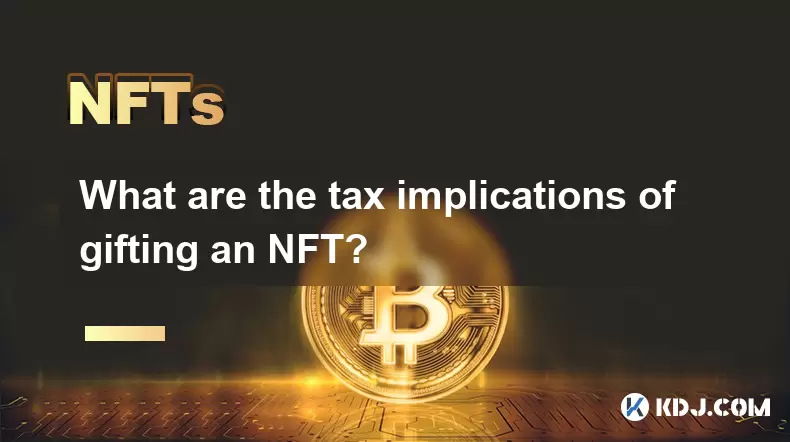
What are the tax implications of gifting an NFT?
Jul 19,2025 at 04:21am
Understanding the Basics of NFT GiftingGifting a Non-Fungible Token (NFT) involves transferring ownership from one individual to another without recei...
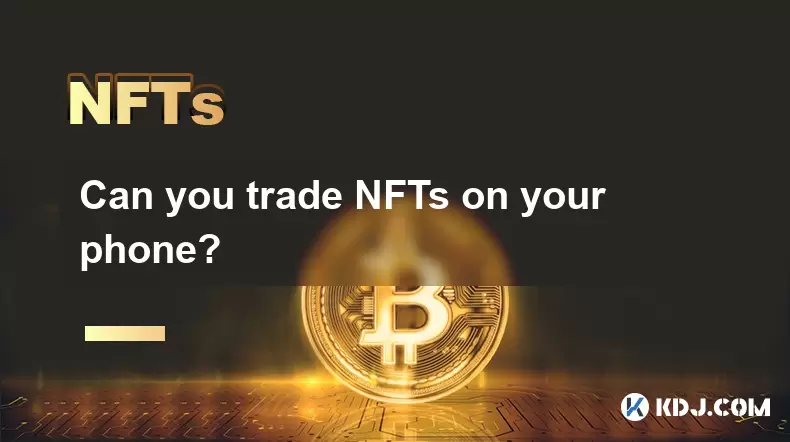
Can you trade NFTs on your phone?
Jul 18,2025 at 04:29am
Trading NFTs on Mobile DevicesYes, you can trade NFTs on your phone, and the process has become increasingly streamlined thanks to a variety of mobile...
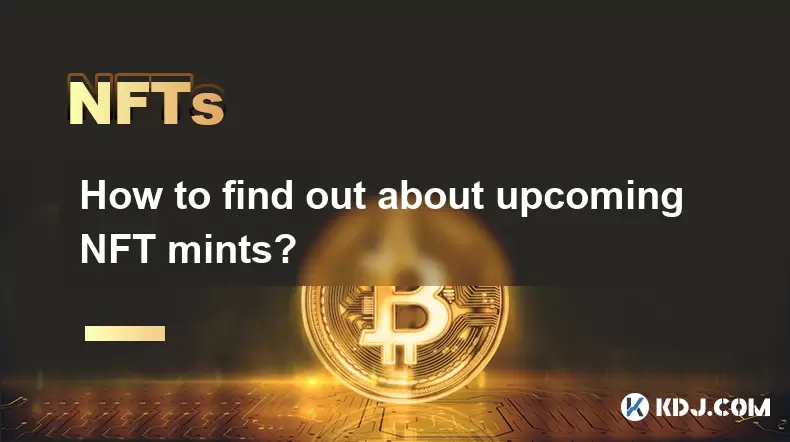
How to find out about upcoming NFT mints?
Jul 18,2025 at 11:50am
Exploring NFT Minting OpportunitiesUnderstanding the landscape of upcoming NFT mints is crucial for collectors, investors, and creators who wish to st...
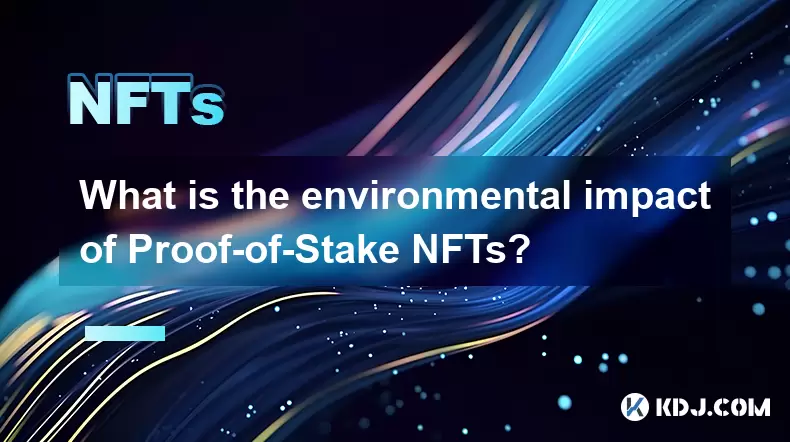
What is the environmental impact of Proof-of-Stake NFTs?
Jul 17,2025 at 07:14pm
Understanding the Basics of Proof-of-Stake NFTsProof-of-Stake (PoS) is a consensus mechanism used by blockchain networks to validate transactions and ...
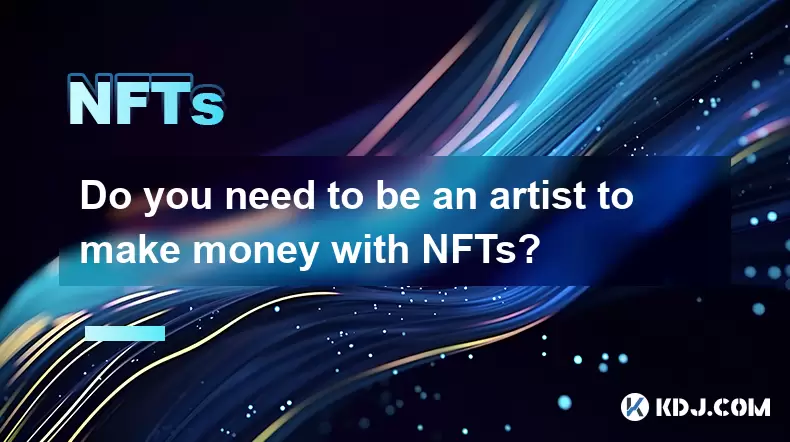
Do you need to be an artist to make money with NFTs?
Jul 19,2025 at 06:35am
Understanding the Role of Art in NFTsThe non-fungible token (NFT) market has grown rapidly, offering various opportunities for creators and investors....
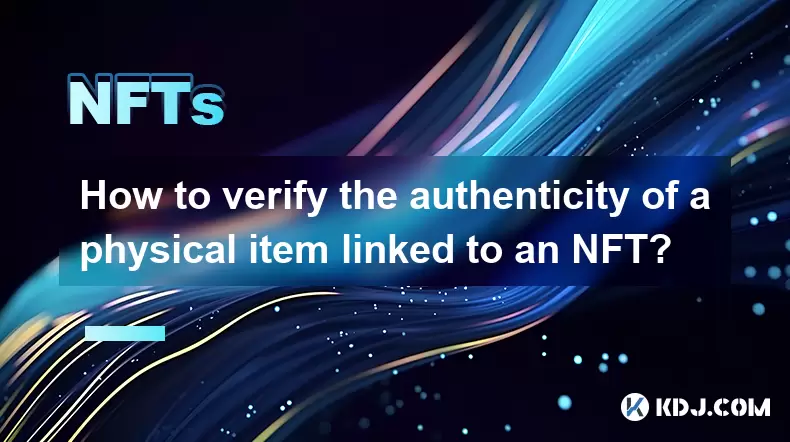
How to verify the authenticity of a physical item linked to an NFT?
Jul 18,2025 at 03:07pm
Understanding the Link Between NFTs and Physical ItemsWhen an NFT is linked to a physical item, it essentially acts as a digital certificate of owners...

What are the tax implications of gifting an NFT?
Jul 19,2025 at 04:21am
Understanding the Basics of NFT GiftingGifting a Non-Fungible Token (NFT) involves transferring ownership from one individual to another without recei...

Can you trade NFTs on your phone?
Jul 18,2025 at 04:29am
Trading NFTs on Mobile DevicesYes, you can trade NFTs on your phone, and the process has become increasingly streamlined thanks to a variety of mobile...

How to find out about upcoming NFT mints?
Jul 18,2025 at 11:50am
Exploring NFT Minting OpportunitiesUnderstanding the landscape of upcoming NFT mints is crucial for collectors, investors, and creators who wish to st...

What is the environmental impact of Proof-of-Stake NFTs?
Jul 17,2025 at 07:14pm
Understanding the Basics of Proof-of-Stake NFTsProof-of-Stake (PoS) is a consensus mechanism used by blockchain networks to validate transactions and ...

Do you need to be an artist to make money with NFTs?
Jul 19,2025 at 06:35am
Understanding the Role of Art in NFTsThe non-fungible token (NFT) market has grown rapidly, offering various opportunities for creators and investors....

How to verify the authenticity of a physical item linked to an NFT?
Jul 18,2025 at 03:07pm
Understanding the Link Between NFTs and Physical ItemsWhen an NFT is linked to a physical item, it essentially acts as a digital certificate of owners...
See all articles

























































































